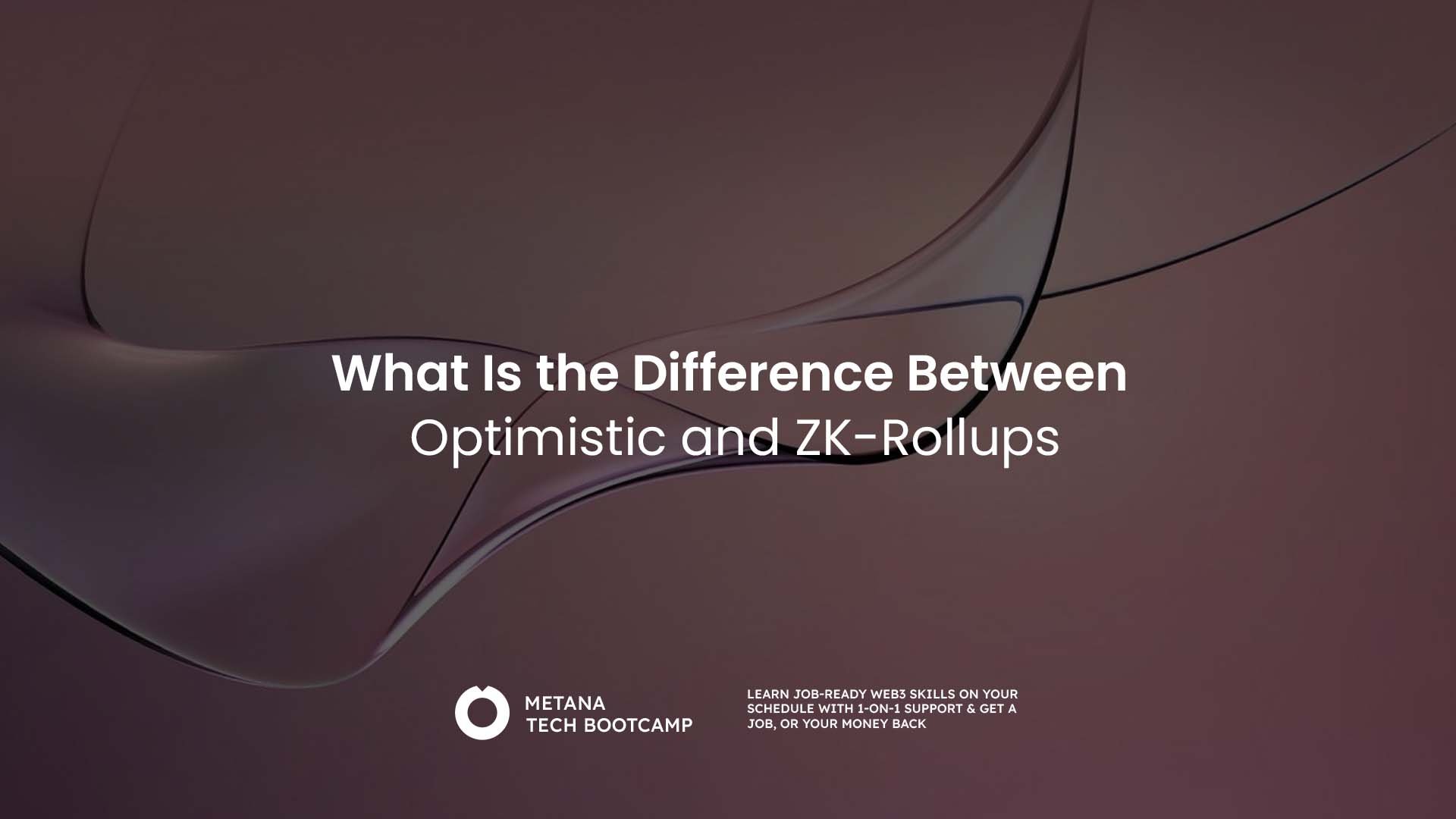
Understanding Layer 2: Optimistic vs ZK-Rollups - A Complete Comparison

image
Ethereum's Layer 2 scaling solutions, primarily Optimistic and ZK-Rollups, help tackle the network's congestion and high gas fees. Understanding their differences is crucial for users and developers.
Optimistic Rollups bundle multiple transactions into a single batch, processing them off-chain while posting only minimal data to the main Ethereum network. They operate on an "optimistic" assumption that transactions are valid, with a challenge period allowing anyone to dispute fraudulent transactions.
ZK-Rollups (Zero-Knowledge Rollups) also batch transactions but use advanced cryptography to mathematically prove their validity. These "validity proofs" provide immediate transaction finality without requiring a challenge period.
Key Differences:
- Transaction Finality: Optimistic Rollups have a 7-day challenge period, while ZK-Rollups offer instant finality
- Cost Efficiency: ZK-Rollups typically use less data per transaction, resulting in lower costs
- Computational Complexity: ZK-Rollups require more complex cryptography and specialized hardware
- Implementation: Optimistic Rollups are generally easier to deploy and more compatible with existing Ethereum tools
Optimistic Rollups are ideal for:
- Applications requiring full EVM compatibility
- Projects prioritizing easy deployment
- DApps with lower urgency for transaction finality
ZK-Rollups excel in:
- High-frequency trading applications
- Payment systems requiring instant finality
- Projects where privacy is paramount
Both solutions significantly improve Ethereum's scalability, with different trade-offs suitable for various use cases. The choice between them depends on specific project requirements, technical constraints, and desired user experience.
